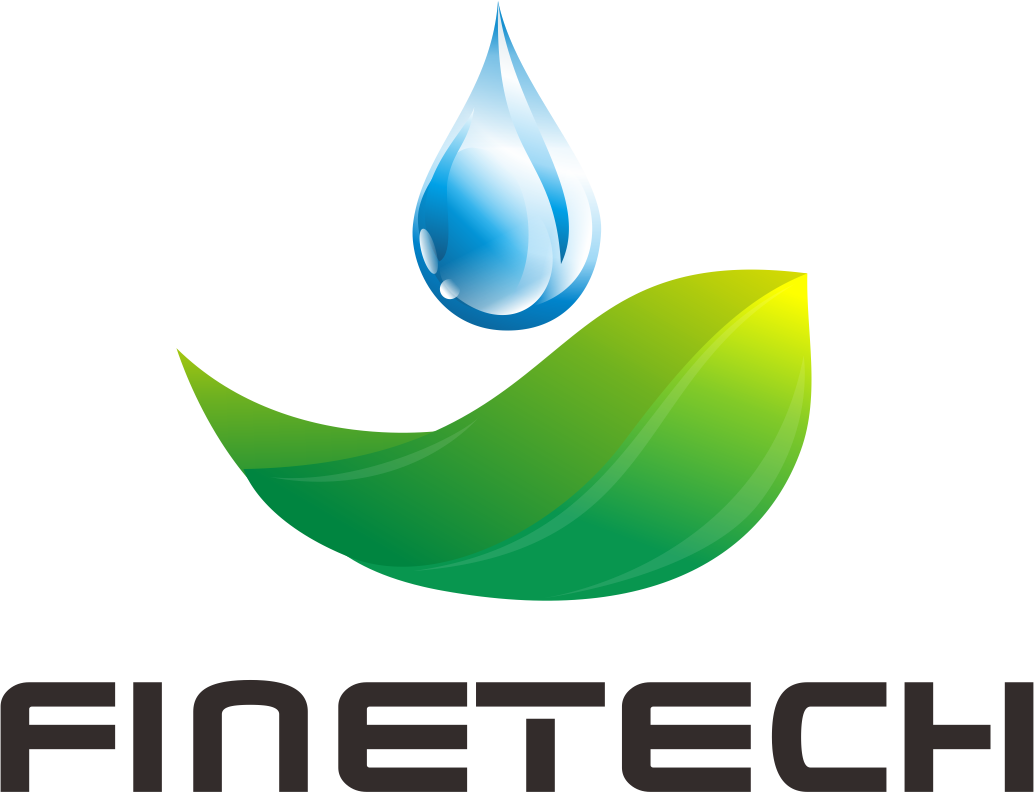Worried about receiving low-quality Ascorbic Acid? Need to ensure purity for your products? Let's discuss how to guarantee quality.
To guarantee Ascorbic Acid quality, you must use purity standards (USP/FCC), verify the Certificate of Analysis (CoA), audit factories, check certifications, and ensure proper packaging.
At FINETECH, quality is my top priority. A bad batch of an ingredient like Ascorbic Acid can cause major production losses for my clients. A buyer needs consistency and safety. Here are the key steps to guarantee quality.
What purity standards apply to food-grade Ascorbic Acid?
Confused by terms like USP, BP, or FCC? Not sure which standard you need? Let's clarify these important quality standards.
Food-grade Ascorbic Acid must meet international standards like USP (US), BP/EP (Europe), or FCC (Food Chemicals Codex). These standards define purity and set limits for impurities.

Purity standards1 are the foundation of quality. You must specify which standard you need in your purchase contract. This makes your quality requirements clear and legally enforceable.
- USP: The standard for the United States.
- BP / EP: The standards for the UK and European Union.
- FCC: A global standard specifically for food ingredients.
Specifying a standard like "Ascorbic Acid USP/FCC" is the first and most important step to guarantee quality.
Common Purity Standards:
| Standard | Primary Region | Main Use |
|---|---|---|
| USP | United States | Drugs & Food |
| BP/EP | Europe | Medicines & Food Ingredients |
| FCC | International | Food & Beverage Applications |
Why is a Certificate of Analysis vital for Ascorbic Acid?
How do you prove the quality of a shipment? The Certificate of Analysis (CoA) is your essential proof of quality.
A Certificate of Analysis (CoA) is a crucial document. It shows the specific test results for your batch, proving that it meets the quality standard you ordered.

A CoA3 is your evidence of quality. You must check the "Results" on the CoA against the "Specification" to ensure everything is in range.
Key things to check on a CoA:
- Assay: The purity percentage (e.g., >99.0%).
- Residue on Ignition (Ash): A low value (<0.1%) means high purity.
- Heavy Metals: Critical for food safety (e.g., Lead <1 ppm).
For extra security, you can ask for a third-party lab test from a company like SGS. At FINETECH, we always provide a detailed, batch-specific CoA with every shipment.
Key CoA Tests:
| Test | What it Means |
|---|---|
| Assay | Purity and strength |
| Ash | Level of inorganic impurities |
| Heavy Metals | Food safety and compliance |
| Loss on Drying | Moisture content and stability |
How to audit factories for Ascorbic Acid production?
Are certificates and documents enough to trust a supplier? To really know, you should audit the factory.
A factory audit is an inspection of the production site. It confirms the supplier has the right systems, equipment, and environment to make high-quality Ascorbic Acid consistently.

An audit shows you the reality behind the paperwork. We audit all our suppliers at FINETECH to prevent problems before they start.
What to check during an audit:
- Production Area: Must be clean and follow Good Manufacturing Practices (GMP).
- QC Laboratory: Must have the right equipment to test the product properly.
- Warehouse: Must be clean, dry, and organized to protect the finished product.
- Traceability4: The factory must be able to trace a batch from raw materials to final product.
A virtual audit using video calls can also be an effective option if you cannot travel.
Factory Audit Checklist:
| Area | What to Look For |
|---|---|
| QC Lab | Proper equipment, trained staff |
| Warehouse | Clean, dry, organized storage |
| Production | Cleanliness, follows GMP |
| Documents | Complete records, valid certificates |
Which certifications are needed for Ascorbic Acid exports?
Confused by all the different certifications? Let's focus on the ones that really matter for your import business.
Essential certifications for Ascorbic Acid include ISO 9001 (quality management), a food safety certification like HACCP, and market-specific ones like Halal and Kosher.

Certifications are third-party proof that a manufacturer follows international standards. They are a quick way to verify a supplier's quality.
Key Certifications:
- ISO 9001: A fundamental certification for quality management systems.
- HACCP or FSSC 22000: Essential food safety certifications.
- Halal: Required for most Middle Eastern and many Southeast Asian markets.
- Kosher: Required for many food products in North America and Europe.
A good supplier must provide valid certificates for the markets you sell to. We always verify these documents for our clients.
Important Certifications:
| Certification | Guarantees... |
|---|---|
| ISO 9001 | A good Quality Management System |
| HACCP/FSSC | Food Safety Controls |
| Halal | Access to Muslim markets |
| Kosher | Access to Kosher markets |
How to prevent contamination in Ascorbic Acid?
Is your Ascorbic Acid caking or turning yellow? This is often caused by poor handling. Let's discuss how to prevent it.
To prevent contamination, Ascorbic Acid needs proper packaging (multi-layer bags with an inner plastic liner), clean and dry storage, and careful handling.

Quality can be lost after the product leaves the factory. Protecting Ascorbic Acid from moisture and air is key.
1. Proper Packaging5:
The best packaging is a 25 kg multi-layer paper bag with a separate, heat-sealed polyethylene (PE) plastic liner inside. This PE liner is the most important barrier against moisture.
2. Clean Storage:
The product must be stored in a clean, dry, and cool warehouse. Keep bags on pallets, away from sunlight and strong odors. The shipping container must also be clean and dry.
Following these simple steps will protect the product's quality from the factory to your production line.
Contamination Prevention:
| Threat | Prevention Method |
|---|---|
| Moisture/Caking | Inner PE liner, dry storage |
| Contaminants | Clean warehouse, clean container |
| Degradation | Opaque bags, cool storage |
Conclusion
Guaranteed Ascorbic Acid quality requires a system. Use purity standards, check the CoA, audit the factory, verify certifications, and ensure proper packaging and handling.
-
Understanding purity standards is crucial for ensuring product quality and compliance in various industries. ↩
-
Exploring key global standards helps businesses align with international quality benchmarks and improve their practices. ↩
-
Understanding CoA is crucial for ensuring product quality and safety in various industries. ↩
-
Exploring traceability helps ensure accountability and quality control from raw materials to final products. ↩
-
Exploring proper packaging techniques can enhance product longevity and prevent quality loss. ↩


